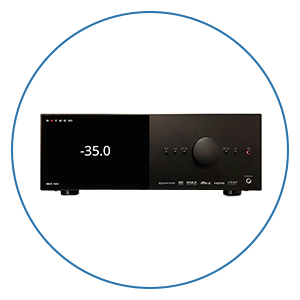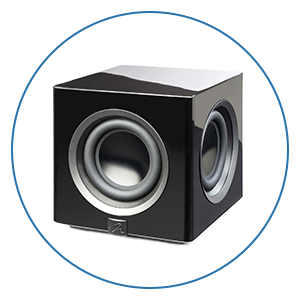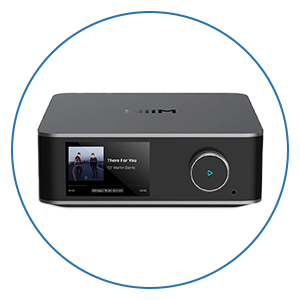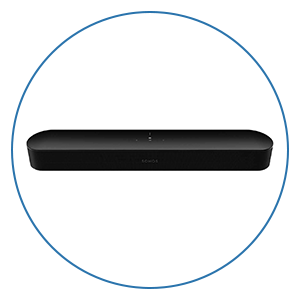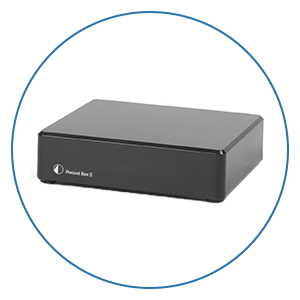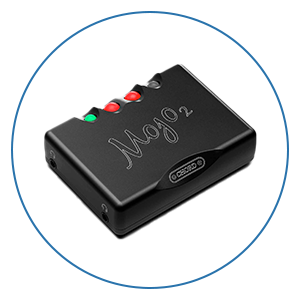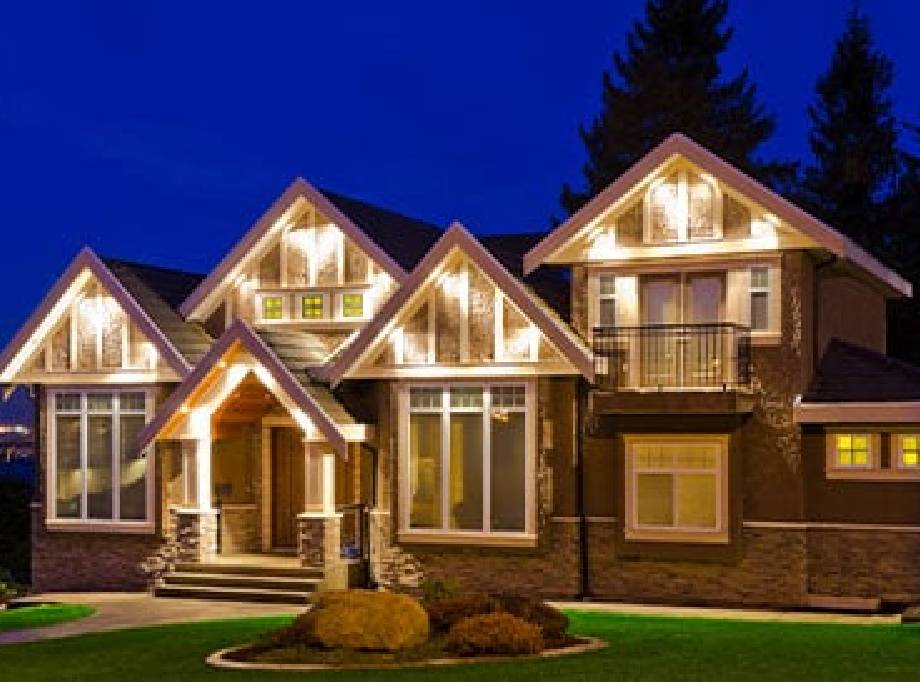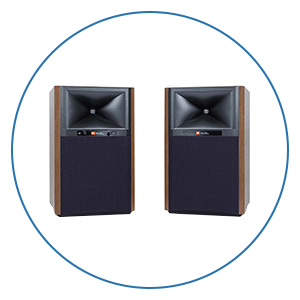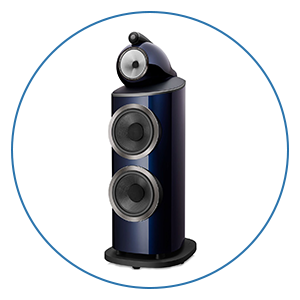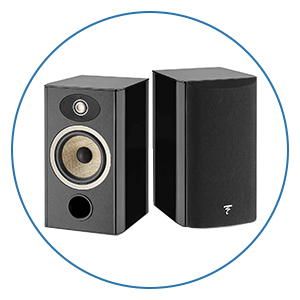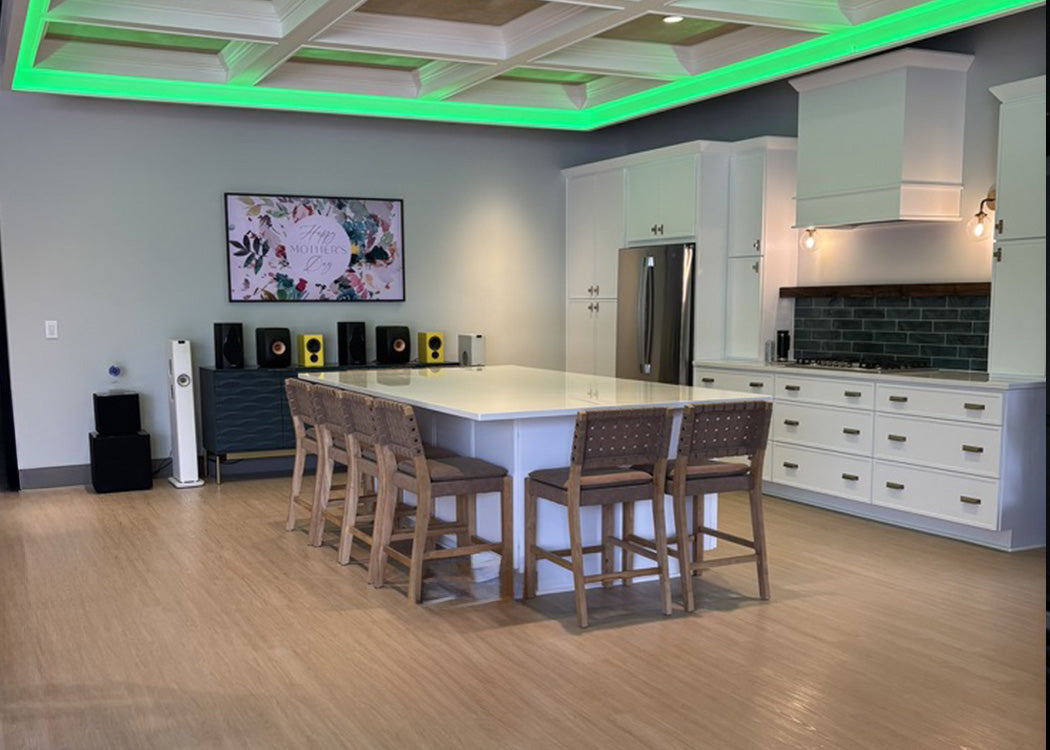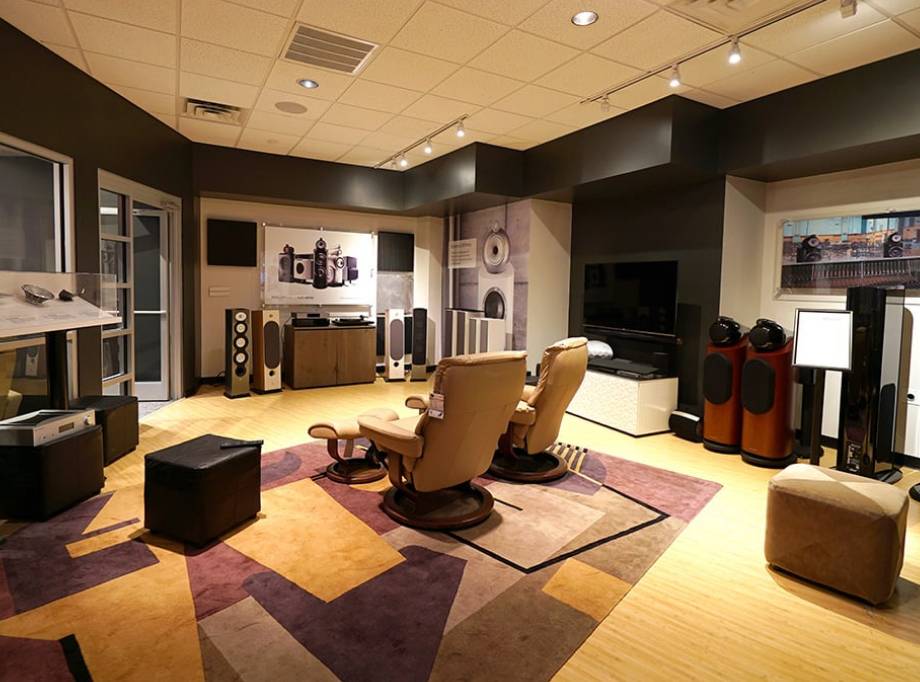UST Projector or Big TV Which is Best for You?

This article is part of our Home Theater Design Series that covers virtually everything about designing a home theater.
Today’s world of home theater has indeed been advancing forward in video technology in just the last few years. These advancements have opened up big-screen enjoyment to a much wider audience with prices falling on larger flat panel TVs and the new kid on the block, ultra short throw projectors. Heck, we remember not too long ago when a 100” flat panel cost as much as a high-performance sports car and it was an easy choice for most people to go with a front projector for that same size.
Not everyone has a dedicated room they can devote to a large front projection movie system so it's great to see improvements on how to enjoy movies in a normal family room.
Now, you can find very good quality 85” Televisions for around $2,000 and up and even ultra short throw projectors with a screen can be had for under $5,000.
For the home theater enthusiast looking to upgrade their picture in their family or media room, the choice between these competing technologies can be daunting. After you have read this article, we hope you will be able to make a more informed decision. While some of the pros and cons of each type of display might be obvious, we will also go over some things you might not have considered.
If you are like many people, you may not have even heard of the term, ultra-short throw, or UST, as the industry has adopted. The technology is totally different from a flat panel TV and consists of a new breed of projectors and screen material.
With a UST projector, the light engine is designed for a very short distance between the projector and the screen. Typical front projectors need to be a pretty good distance back from the screen and are usually mounted on the ceiling. With a UST projector, it normally sits 24” or less off the wall, which means it can just be placed on top of a credenza or cabinet making installation far easier than mounting a normal projector.
UST projectors also have a very bright light source, usually a laser light engine. This provides you with enough output to rival the brightness of flat-panel TVs in the right environment.
While you can just shine the UST image on a white wall, the real magic, and another reason for this breakthrough, is a new breed of screens made specifically for UST projectors. These screens reject ambient light and are also designed to take the very steep angle of the image coming from the projector and reflect it back into the viewing area. They are made so specifically for these screens that if you turned one upside down, you would have a very dull picture in the viewing area. These types of screens allow you to enjoy an immersive experience even with some light in the room.
Flat panel TVs are well known to everyone, but there are various types of display systems — from LED, to Mini LED, to OLED, and more. For the purposes of this comparison, we will just look at them generically, but you may want to check out our article & video where we compare all of the new flat panel technologies.
LED vs OLED Comparison - Which should you buy? ▸
So now that you know the two types of displays you might choose from, let’s look at some of the things to consider.
Home Theater Screen Size Considerations
When you are watching a movie, size really does matter. You want to be as immersed in the image as possible so you feel like you are part of the action, rather than just watching a small TV. The catch is, almost all blockbuster movies are filmed in 2.40 which is a much wider aspect ratio than you will find in a flat panel or UST projector. This means you will have black bars at the top and bottom of the movie and that 75” TV does not look that big anymore! To learn more about widescreen, we have a full article and video detailing the latest technologies that allow you to enjoy movies in their widescreen format.
Widescreen Explained: What’s with the Black Bars? ▸
While you can read about the SMPTE and THX specs for what makes a good viewing angle to give you full immersion, we have taken our decades of experience with thousands of customers and come up with what we feel are good immersion levels for various screen sizes. We even have a free home theater design tool where you can enter your screen size, set up your seats, and find out how immersive your experience will be. It turns out most people think the immersion level is not that great after you get under about a 38-degree viewing angle.
For an 85” flat panel TV, this means if you are 9’ away from the screen or closer, you’ll have a great experience. Further away and it is not as immersive. For a 100” UST that jumps to around 11 feet and to 13 feet for a 120” model. Don’t get us wrong, you can still have a great experience with a lower level, but if you want to feel fully enveloped in the movie, these are the ratios we have found most people like.
With the prices of flat panel sets jumping up considerably once you get above 85”, this gives the UST 100” and 120” models a big leg up.
TV vs UST Projector Brightness
There is no question that a good flat-panel TV can produce a very bright image. As a matter of fact, with all of the new tech in some flat panels, the image is just stunning. UST projectors can give you the perception of a very bright image, but for them to even come close to the perceived brightness of a flat panel, you need to have the lights pretty well dimmed all the way. UST projectors produce a great image in a fully lit room, but they pop even more if the room is dark.
The question is, just how bright do you need the display to be to feel like you have a movie theater in your home? When you go to a commercial movie theater, the perceived brightness of the image is nowhere near as bright as a flat-panel TV.
It is our opinion that while flat panel TVs can produce a much brighter image, the levels you can get from good UST projectors are great for movie enjoyment. If you plan to watch more sports content than movies, you might prefer the extra brightness flat panels offer, but you still can not beat the size factor of a UST screen.
How To Calibrate Brightness & Contrast Settings On Your Projector Or Television ▸
Screen Viewing Angle
The nature of UST screens means you pretty much need to be sitting in front of the screen to get the best experience. Flat panel TVs have much better off-axis viewing, so if you have a wide seating area, a flat panel would be better for that situation.
Reflections On The Screen
With a UST screen, you will never see a reflection on the screen, whereas with flat panels, you can get reflections from objects nearby or light spilling onto the screen.
For most situations, this is never a big deal, but something to consider in laying out your media room to accommodate a larger flat panel TV.
HDR Capability
You may have seen the term HDR, which stands for High Dynamic Range. This is a recent development to deliver deeper blacks, brighter whites, and more intense and lifelike colors. HDR does work best with flat panel TVs as they have the ability to give you the light output needed for optimal enjoyment of HDR
Projectors do not have the light output you need but have developed what is called tone mapping to improve HDR performance. Tone mapping tech has gotten very good and in our opinion has pulled projectors closer to what flat panels can do.
If you are the type of viewer who really wants to think more about how the picture looks than what the director was trying to portray in the scene, you will prefer the advantages flat panels have for producing HDR.
But for most people, we still think it all will circle back to the size of the image and immersion level you get from your viewing distance.
Audio Considerations
Even a 200” screen is not going to be a compelling experience if you pair it up with a bad sound system. We feel like you need a Dolby Atmos capable soundbar or even better a system consisting of separate speakers to get that great audio experience.
Best Dolby Atmos Soundbars of 2023 ▸
With flat panel TVs, you can usually place a soundbar right under your TV or if you have separate speakers, mount the TV on your wall and put the center channel just under it.
UST projectors are usually around 18” wide by 14” deep and can be up to 9” tall. Then they need to be pulled off the wall to fill the screen. They also will sit on top of your cabinet right where your center channel speaker or soundbar needs to be placed. Most cabinets are not deep enough to hold both the UST projector and center channel or soundbar. Usually this means you will find a cabinet that can hold a center channel speaker in an opening under the top shelf. This is fine for a center channel speaker, but those openings are never wide enough to hold a soundbar. And Dolby Atmos soundbars all have upward firing speakers on them you do not want to cover up with a cabinet top.
All this means is you need to take both the sound and picture into consideration when designing your space for a UST projector. If you are going to use a soundbar, you may want to find a slightly deeper cabinet or more shallow UST projector so you can put the soundbar in front of the UST projector on your cabinet.
Noise
Flat panel TVs do not create any noise, but all projectors have fans to cool the light engine. While the noise level is not that bad at all (usually under the noise threshold of your room), if you have a very quiet environment, you will probably hear a little fan noise from a UST projector.
We do not consider their fan noise to be loud by any means, they are just not silent like a flat panel.
This concludes our comparison of these two great home theater display technologies. We hope this overview has given you a better understanding of how you might implement one or the other to improve your video experience. Our one big piece of advice is, no matter which way you go, pay as much attention to the audio as you do the video. It is equally if not more important when you want to have a fully immersive movie theater experience.
If you have questions on which television or projector is best for you, give us a call at 888-899-8776, chat with us, or stop by our award-winning showrooms. Also check out our free home theater design tool, how-to videos, inspiration gallery, and home theater showcase videos in Home Theater Central.


